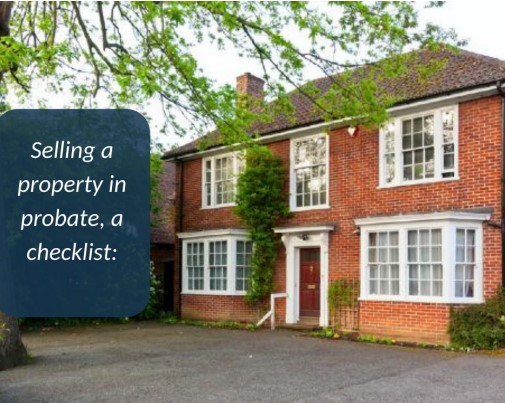Are Dutch Designers the Future of the British Housing Market?
The Dutch are leading the way in living with flooding. Can their designs be the answer to Britain’s housing problems due to increased flooding and extreme storms?
With sea levels rising because of climate change, and the weather becoming more extreme and erratic, the threat of flooding in the UK is ever-increasing. Met Office records show that since 1910 there have been 17 record-breaking rainfall months or seasons – 9 of which occurred in the last 20 years.
Here are some quick flood statistics in England: One in six properties in England (around 5.2 million) are at risk of flooding from rivers or the sea, one million of which are at risk from surface flooding. A further 2.8 million properties are susceptible to surface water flooding alone. Statistically, your home is more likely to be flooded than burgled. 25% of flooding occurs outside of areas formally recognised as being flood-prone. The UK government currently spends £2.6 billion on flood defences in England.
With these statistics in mind of flooding affecting coastal, riverside and low-lying areas of the country, the problem is worsening. Here, we take a look at low-lying country’s response to flooding and its success. Perhaps the Dutch designers can reinvent British housing to live alongside flooding.
Inspiration from Amsterdam, where residents are combining Old World know-how with 21st-century technology to learn how to live with water.
A third of the Netherlands is below sea level, and two-thirds of the country is flood prone, so there is a widespread and long-running movement amongst the Dutch to subsist companionably with rising tides and storm surge. We’ve looked at Schoonschip, an Amsterdam suburb of floating homes that could well become an exemplar for waterlogged cities everywhere.
Schoonschip, which means ‘clean ship’ in Dutch is the brainchild of 43-year-old Amsterdam citizen Marjan De Blok. She made up for a lack of relevant technical expertise with her ability to rally community support for the project. The development is composed of some thirty ‘arks’, half of which are semi-detached homes. The community has lush floating gardens and a nearby on-land vegetable patch bursting with kale in the winter and zucchini and tomatoes in the summer.
Another resident of the neighbourhood has designed a state-of-the-art smart grid system, which is fed by 500 solar panels, these are placed on a third of the community’s roofs, and about 30 heat pumps that draw from the water below. The energy generated in Schoonschip is stored in enormous batteries located beneath the home where it is possible to sell surplus energy to each other, as well as to the national grid.
Whilst this particular community is small, with roughly around 150 people, this makes a watery Eden home. It includes 40 kids, who on hot summer days, can leap out of their bedroom windows straight into the water, which is perfect for warm and calm weather.
When the wind was howling, rain was pouring and hail was pounding, the rest of Amsterdam was on alert in October whilst life in Schoonschip carried on mostly as usual, its smart grid holding steady while its homes glided up and down their steel foundational poles with the movement of the waters below.
Schoonschip has taken 12 years to develop, it was once a 100 hectares of post-industrial wasteland that had effectively been abandoned for decades. Marjan De Blok first grew restive with her landlocked life back in 2007, and emphasises the ease with which she and her neighbours adapted to living on water. The technology already exists to provide better, safer, lives for the more than 600 million people who live on or near water around the world. Surely, our neighbours across the channel have the solution to our flood prone areas?
Centuries into its ongoing struggle to keep the North Sea and various tributaries of the Rhine at bay via canals and dike and sea gates, the Netherlands is also some 15 years into a program called Room for the River, which as its name suggests, works to allow strategic flooding in some areas during heavy rains. The program also raises public awareness about water-related problems, and their solutions, leading to an uptake in requests to build on water in both Amsterdam and Rotterdam, 90% of which is below sea level.
Communities like Schoonschip can be an inspiration for the UK, as well as around the world to solve the problem of living alongside water. As the sea levels are forecast to rise three to five feet this century, and storms are expected to increase in frequency and intensity should we really be waiting for consultation?
Unsure on whether to sell your property? Call us free on 0800 0443 911 https://www.nationalhomebuyers.co.uk/ #realestate #property #investment #realestateagent # #home #newhome #homesforsale #housing #house #mortgage #propertymanagement #homeforsale







